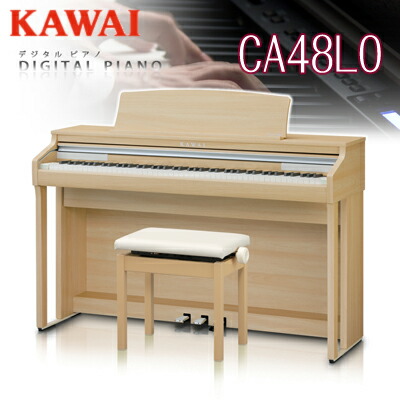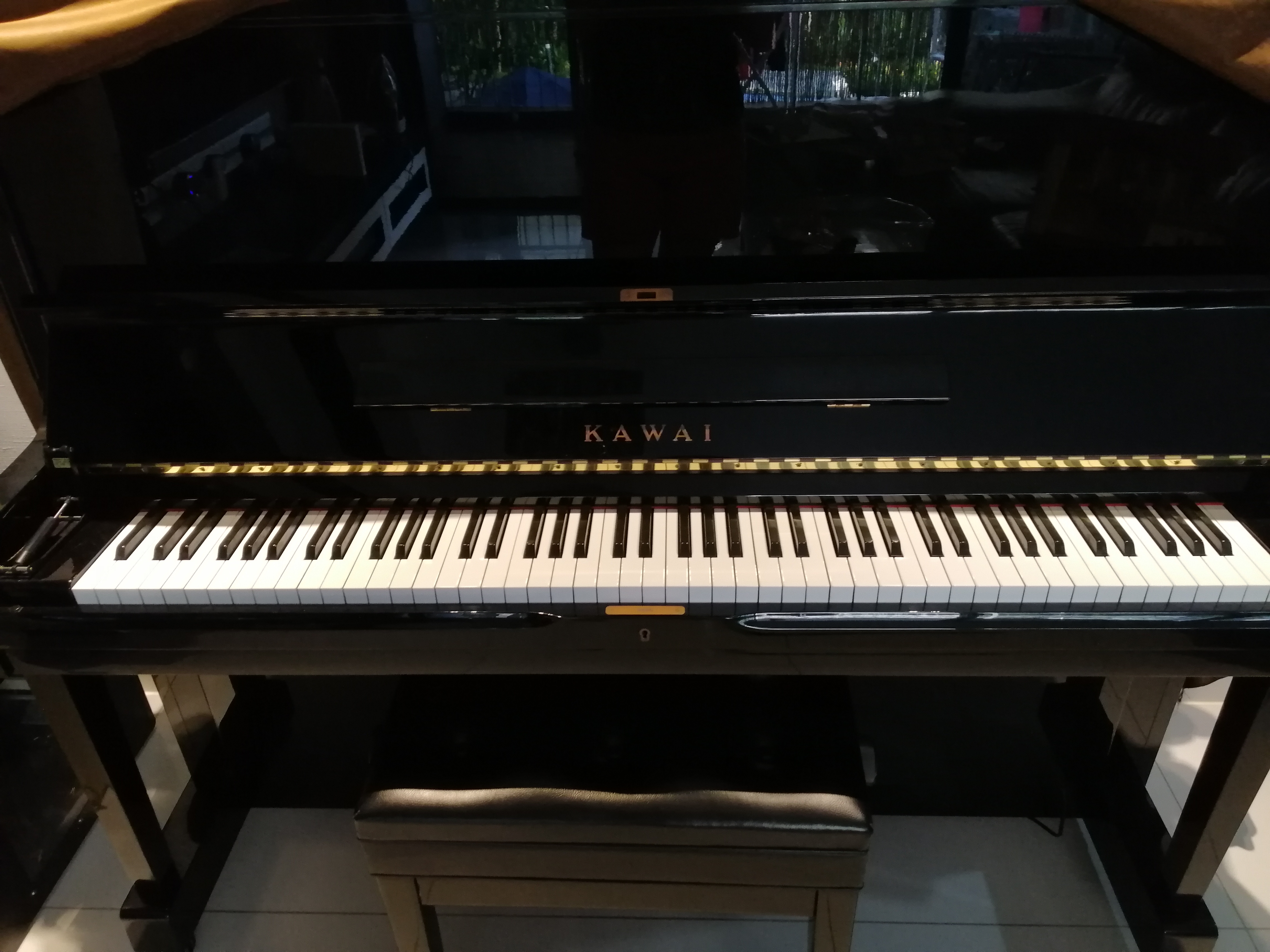

What we thought we knew 6 months ago is no longer true today. The digital piano manufacturers are at the mercy of the parts companies such as chip makers, circuit board makers, wood suppliers and those parts have become difficult to get.ĭemand for product in the US (especially in the digital piano industry) is at an all time high (more people are at home and for longer periods of time) and costs are going up, but production, shipping, and other related things are slowing down and in some cases (like chip makers) nearly at a standstill.all because of the pandemic and the long term ripple effect it continues to cause around the world.
#What model kawaii piano do i have drivers
Those shippers can only move so fast, people can only work so hard, people are still dying all over the world from covid related issues, the transportation industry is at the mercy of the drivers and dockworkers who load and unload product at the docks (there are shortages of manpower and some are actually going on strike now).

When it comes to shipping then the factories only know what they hear from their shippers (trucks, ships, boats, trains, etc). Those people only know what they are told by their overseas factories.


The local dealers only know what they are told by their superiors, those superiors only know what they are told by the the brand headquarters in the US. They are suffering the same issues as the other digital piano brands such as Yamaha, Kawai, Casio, Korg, and the others. It is unfortunate for all of us looking for accurate information on "where is my order?" has seen it become so challenging over the last year. They often have a locking mechanism so you can practice without bothering people quite so much.Thank you for your comment. Other pianos have a practice pedal (aka “celeste pedal”) that softens the notes even quieter than a soft pedal. Some pianos replace the middle pedal with a bass sustain pedal that sustains only the lower (“bass”) notes. The middle pedal is not included on older pianos and even if your piano does have three pedals, the middle pedal may not be a sostenuto pedal. Since the sostenuto pedal is a relatively recent addition to the piano, it is rarely required for pieces before the late 20th century. Any notes that are played after the pedal is down are not affected by the sostenuto, allowing for selective sustain without blurring the sound. Similar to a sustain pedal, the key difference here is that the sostenuto pedal only holds notes that are already being played at the exact moment when the pedal is pressed down. On upright pianos, pushing the pedal moves the hammer mechanism closer to the string, making it softer but without altering the number of strings hit. On older pianos the hammer would only hit one of the three strings, hence “Una corda” meaning “one string”. Also, since the strings are hit by a different part of the hammer that has fresher felt, the sound is muted and less bright. On a grand piano, the una corda pedal shifts the entire action mechanism to the right, so the hammer only hits two of the three strings. When played normally, the hammer strikes all three at the same time giving each note a full, bright sound. Most strings in an acoustic piano are in groups of threes, with each group tuned to the same note. That’s why it is also called sometimes called the “damper” pedal. When the sustain pedal is pressed, it removes the dampers from the strings, allowing notes to ring out for longer, even when the keys are not held down anymore. When playing an acoustic piano and a finger is taken away from a key, a “damper” pad stops the note from ringing out. Here we explain the effect that each has on the sound and the proper technique for using them. You will find older acoustic pianos have two pedals. Modern acoustic or digital pianos will usually come with three pedals. We get the question all the time, what are the pedals on a piano for? Still, other pianos have a practice pedal (aka “celeste pedal”) that softens the notes even quieter than a soft pedal. Most commonly used is the Sustain pedal (right), followed by the Soft pedal aka “una corda pedal” (left), The Sostenuto pedal (middle) is found on newer pianos and some older pianos replace it with a bass sustain pedal that sustains only the lower (“bass”) notes. Beginner pianists don't really use the pedals but as players advance, they come to use them all the time. Modern acoustic or digital pianos will usually come with three pedals and older acoustic pianos usually have two pedals. The sounds that you create when you play piano are not only limited to what you do with your hands and fingers.


 0 kommentar(er)
0 kommentar(er)
